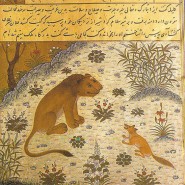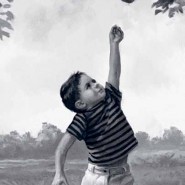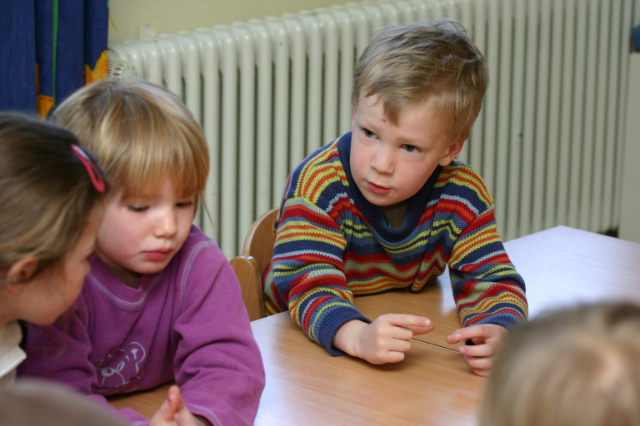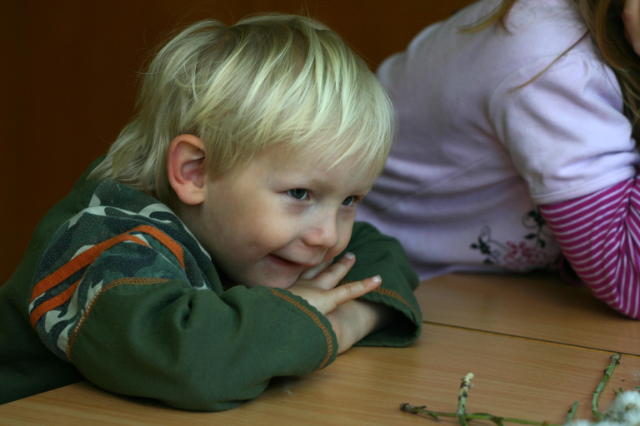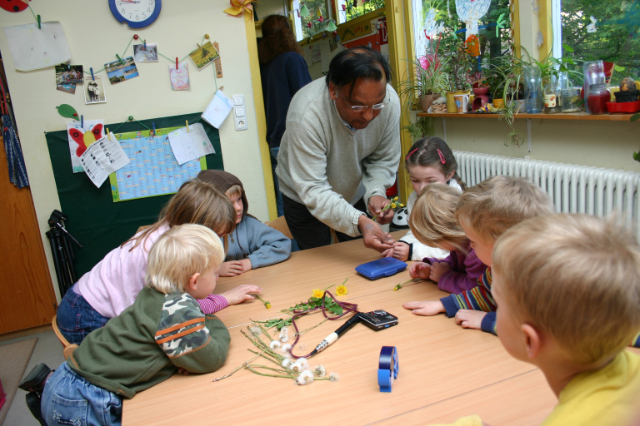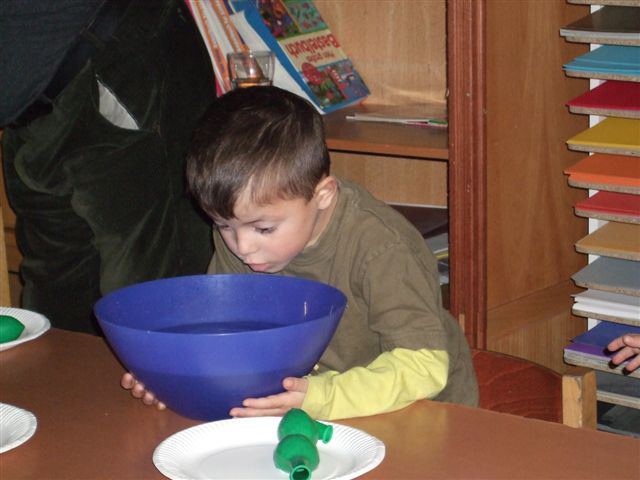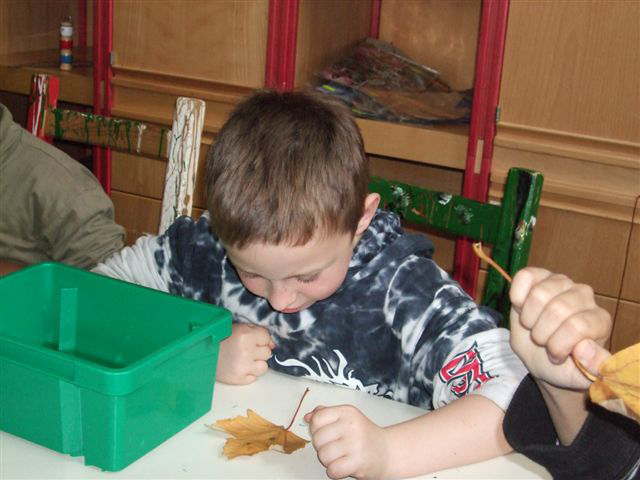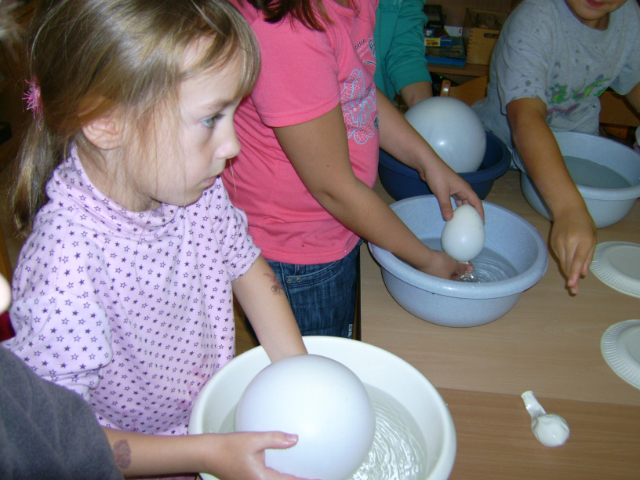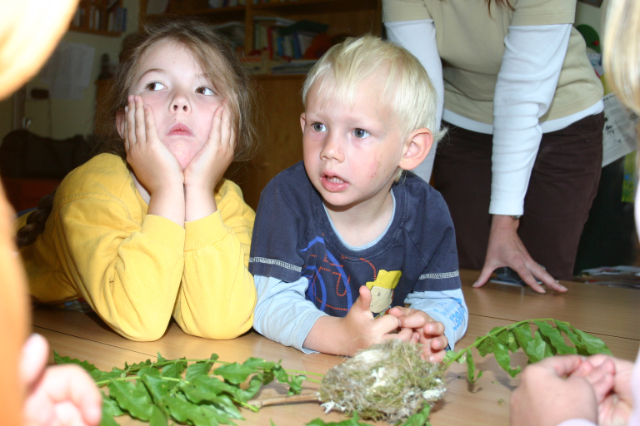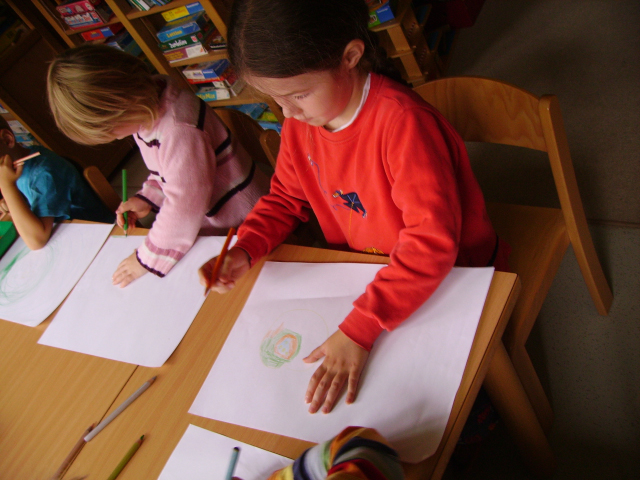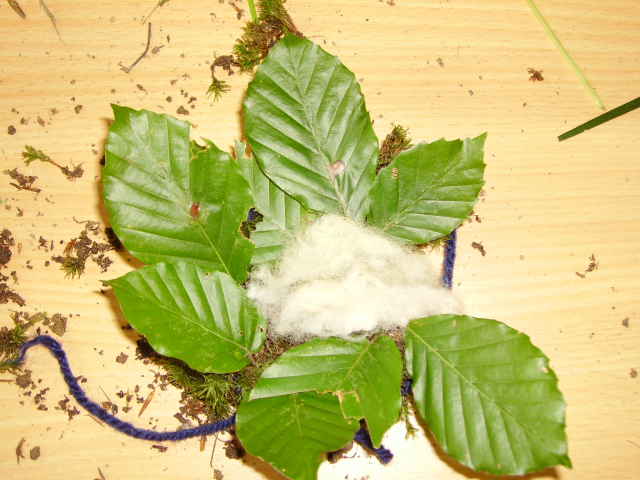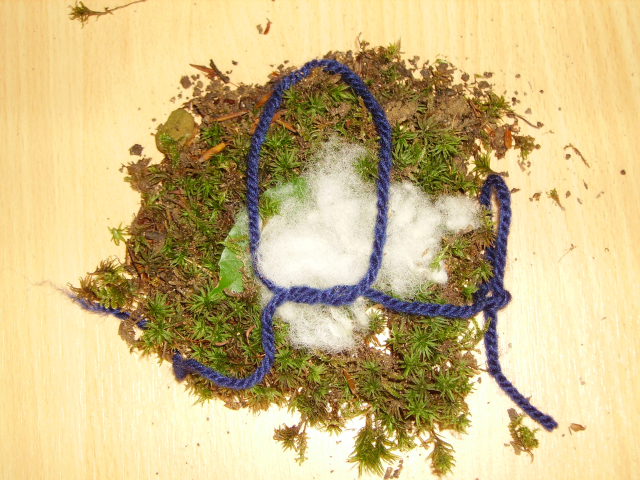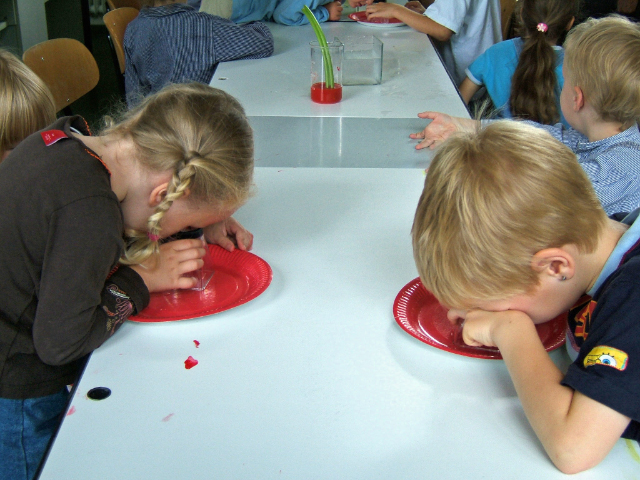22Mar/11Off
The Enigma of Science Education
Chapters: | Previous | 1 | 2 | 3 | 4 | 5 |
References
- Ansari, S. (2003). Kinderfragen. Prosa-Reihe, Heft Nr.1. Leibnitz-Institut for Science Education(IPN), University Kiel.
- Ansari, S. (2000). „Sehen bei hellem Licht und dennoch im Dunklen verharren“. Vortrag anlässlich der XIII. Wagenscheintagung.
- Ansari, S.(1975). „Naturwissenschaftlicher Unterricht in der Orientierungsstufe“. OSO-Hefte, Neue Folge(2), 64-71.
- Ansari. S.(1997).“Eine Orientierungshilfe zum genaueren Verstehen der Wirklichkeit.“ In: OSO-Hefte, Neue Folge(12), 121-123
- Brown, A.L. (1975). “The development of memory, knowing about knowing and knowing how to know.” Advances in Child Development and Behavior 10, 103-152. New York: Academic Press.
- Biggs, J /Telfer, R. (1981):“The Process of Learning.” Sydney: Prentice-Hall.
- Brown, A.L. (1994) „The advancement of learning. “ Educational Researcher 23, 4-12.
- Brown, A.L. (1992) „Design experiments: theoretical and methodological challenges in creating complex interventions in classroom settings.” The Journal of the Learning Science 2, 2, 141-178.
- Brown, J.S. / Collins, A. / Duguid, P. (1989): “Situated Cognition and Culture of Learning”. - In: Educational Researcher 18, no.1. S. 32-41.
- Bruer, J. (1994) “Schools for Thought”. MIT Press.
- Bruner, J. (1960). The Process of Education. Cambridge, MA: Harvard University Press.
- Bruner, J. (1966). Toward a Theory of Instruction. Cambridge, MA: Harvard University Press.
- Bruner, J. (1973). Going Beyond the Information Given. New York: Norton.
- Bruner, J. (1983). Child's Talk: Learning to Use Language. New York: Norton.
- Carey, S. (1985) „Conceptual Changes in Childhood.” Cambridge, MA: MIT Press.
- Donaldson. M.(1991) „Wie Kinder Denken“ R. Piper, München
- Gelman, R. ( 1980) : “ Cognitive Development “. In: Annual Review of Psychology 29, S. 297-332.
- Inhelder. B./ Piaget. J. (1958) : “ The Growth of Logical Thinking from Childhood to Adolescence” : New York.
- Johnson, D. W., & Johnson, R. T. (1989). Cooperation and competition: Theory and research. Edina, MN: Interaction Book Company.
- Goswami, U. Brown, A.L. (1989) “Melting chocolate and melting snowmen: analogical reasoning and causal relations”. Cognition 35, 69-95.
- Karmiloff-Smith, A. Inhelder, B. (1974/5). „If you want to get ahead, get a theory. “ Cognition 3, 195-212.
- Lave, J. / Wenger, E.(1991) : “ Situated Learning”. New York: Cambridge
- Rougoff,B. Et Al. (2003). “First hand learning through participation”. Anuu.Rev.Psychol. 54: 175-203
- Siegler. R. S.(1988) “Childerns Thinking”. Prentice Hall, New Jersey.
- Vosniadou, S.(1994) “Capturing and modeling the process of conceptual change” Learning and Instruction 4, 45-69
- Vygotsky, L.S.(1978). “Mind in Society; the development of higher mental process. Cambridge, MA: Harvard University Press.
- Wagenschein, M.(1970).Ursprüngliches Verstehen und exaktes Denken, 2Bde; Stuttgart.
- Wagenschein, M. (1995). Naturphänomene Sehen und Verstehen; hrsg. Berg, H.C., Stuttgart, Wissen und Bildung.
- Wagenschein, M.(1964): Das exemplarische Lehren als ein Weg zur Erneuerung des Unterrichts.– In: Schriften zur Schulreform Heft 11, Hamburg.
Chapters: | Previous | 1 | 2 | 3 | 4 | 5 |
Related Posts
